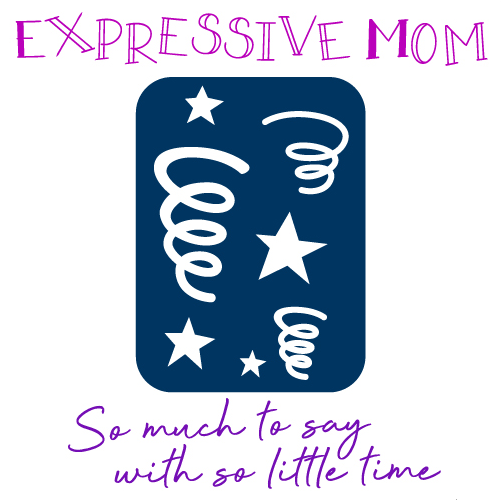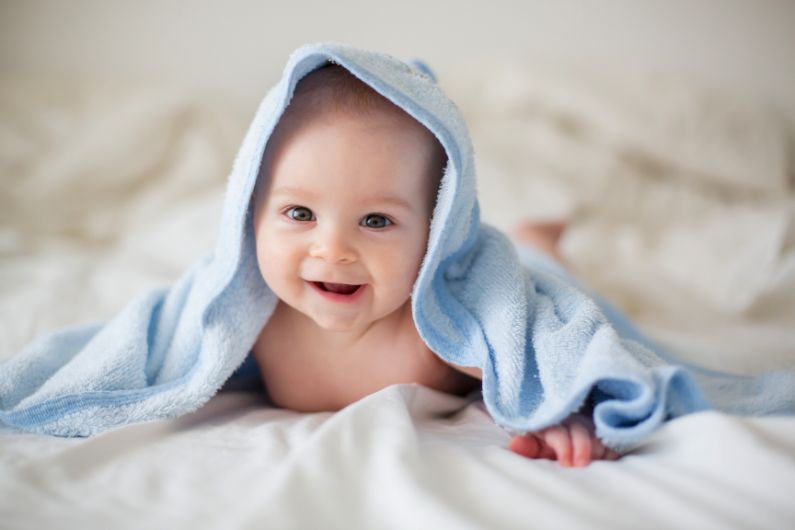It’s great to see newborns learning new things as they experience the world around them for the first time. As soon as they open their eyes, they take in all the information they can, but it’s essential to understand how newborns seeing different colors can impact their development.
Although development differs for every baby, newborns will start to notice colors in the first few months of life. They’ll mainly see in black and white until they start noticing the differences in brightness and intensity that different hues give off. To ensure your baby is stimulated enough, consider surrounding them with contrasting colors that promote development from a young age.
Chromatic Colors
When babies are first born, they can’t really see color. Decorating your child’s nursery in black and white can significantly impact their development. Basic shapes and contrasting colors are essential for their visual development at this stage. So even if their eyes aren’t quite 100 percent, they can still enjoy gazing around the room.
Once a baby’s eyes start developing, only black and white can impair their growth. At this point, you should start introducing them to different colors, but remember to be mindful of how it will impact their mood.
Soft Colors
Soft colors are incredibly soothing for newborns and promote feelings of serenity. Blue, green, and violet encourage balance and relaxation, allowing your baby to sleep no matter what time it is. Soft colors can be one way to design a nursery with limited space that still feels soothing, allowing you to make the most of your room.
While soft colors might be relaxing, too many of them can leave a baby feeling sad or lethargic. When you want to motivate your child, you should introduce them to colors that will pep them up.
Warm Colors
Colors such as red, orange, and yellow are stimulating for babies, providing them with a sense of happiness and excitement. Big open spaces can feel much more vibrant when they’re brightly colored, making it easier for babies to interact and be social. Their motivating effect makes warm colors perfect for play areas or other spaces that are meant for activities.
It’s important to remember that brighter colors, such as yellow, will make it harder for your infants to relax, possibly putting them in a bad mood.
Earthy Colors
For newborns, seeing different colors is a whole new experience. Having more natural tones in the environment will help you and your baby feel grounded. Neutral tones such as gray, brown, and navy help infants manage their emotions by making them feel safe and comfortable.
Earthy colors can be complicated to decorate because they don’t look great. Combining earthy colors with other hues creates the desired effect and ensures your baby feels safe, happy, and well-rested.
See How Your Newborn Reacts to Changes in Color
As your baby develops, it will notice more contrast in its environment. A diverse range of colors is essential if you want them to develop their eyesight as soon as possible.
Considering the colors, you use for your home will keep your baby interested in their surroundings as they learn and grow.



Connect With Me !